6 ways to increase your chance of surviving a car crash
 Like most motorists, you probably don’t pick up your keys in the morning, expecting to be in a car crash.
But that doesn’t mean you shouldn’t be prepared for one.
The unfortunate reality is most of us will be involved in some form of crash during our many years behind the wheel.
That’s why we’ve put together a list of preventative measures you can take to minimise your risk of injury in an accident.
Like most motorists, you probably don’t pick up your keys in the morning, expecting to be in a car crash.
But that doesn’t mean you shouldn’t be prepared for one.
The unfortunate reality is most of us will be involved in some form of crash during our many years behind the wheel.
That’s why we’ve put together a list of preventative measures you can take to minimise your risk of injury in an accident.
1.) Keep your distance
To cut your chances of being involved in a crash in the first place, RAA recommends drivers leave a gap of at least 3 seconds between themselves and the vehicle in front. To figure out what 3 seconds looks like on the road, simply pick a fixed object and watch when the car in front of you passes that point. Then, count how many seconds it takes you to reach that same spot. When it’s wet, you should leave even more room, says RAA Senior Manager of Safety and Infrastructure, Charles Mountain. “If you need to stop for an emergency at 110km/h on a dry road, it will take up to 104.2m. This includes an average reaction time of 1.5 seconds before you begin braking,” Mr Mountain says. “Do the same in wet weather, and you’ll travel up to 149.6m before coming to a halt. That’s an extra 45.4m – nearly the length of an Olympic swimming pool. Regardless of the weather, leaving a large enough gap between yourself and the car in front could be the difference between a near-miss and a collision. Relationship between speed and stopping distance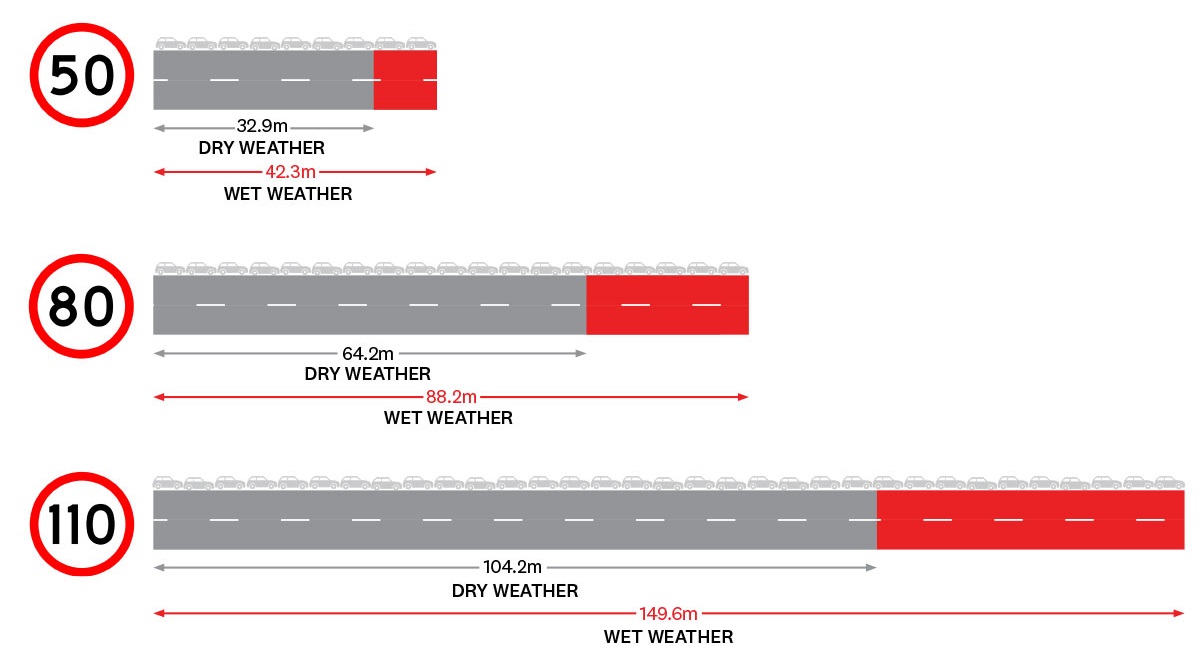
2.) Ensure your child restraint is set up properly
In the case of a crash, you’ll want to ensure your precious cargo is as safe as possible. When setting up your child restraint, you’ll need to make sure your child is in the right restraint for their age and size and the restraint is fitted and adjusted correctly. Contact the RAA Child Safety Centre for fitting advice or see our installation guide for more information. After you’ve installed your restraint, it’s essential your child is strapped in firmly, without any twists in the straps. You shouldn’t be able to pinch the straps, but you should still be able to place your fingers under the straps. Alarmingly, a recent audit performed at suburban Adelaide childcare centres found 95% of restraints showed some form of misuse, some with multiple errors. “A restraint that is not fitted and adjusted correctly for the child may not provide maximum protection in the event of a crash,” says RAA Child Safety Expert Belinda Maloney. “Children involved in a crash who aren’t restrained properly are at greater risk of serious injury, lifelong disability or death, which is why it’s so important to get this right,’’ she says. RAA’s Safety Centre can help you choose the correct restraint for your child and the one that’s most suitable for your car. They’ll also make sure it’s installed correctly.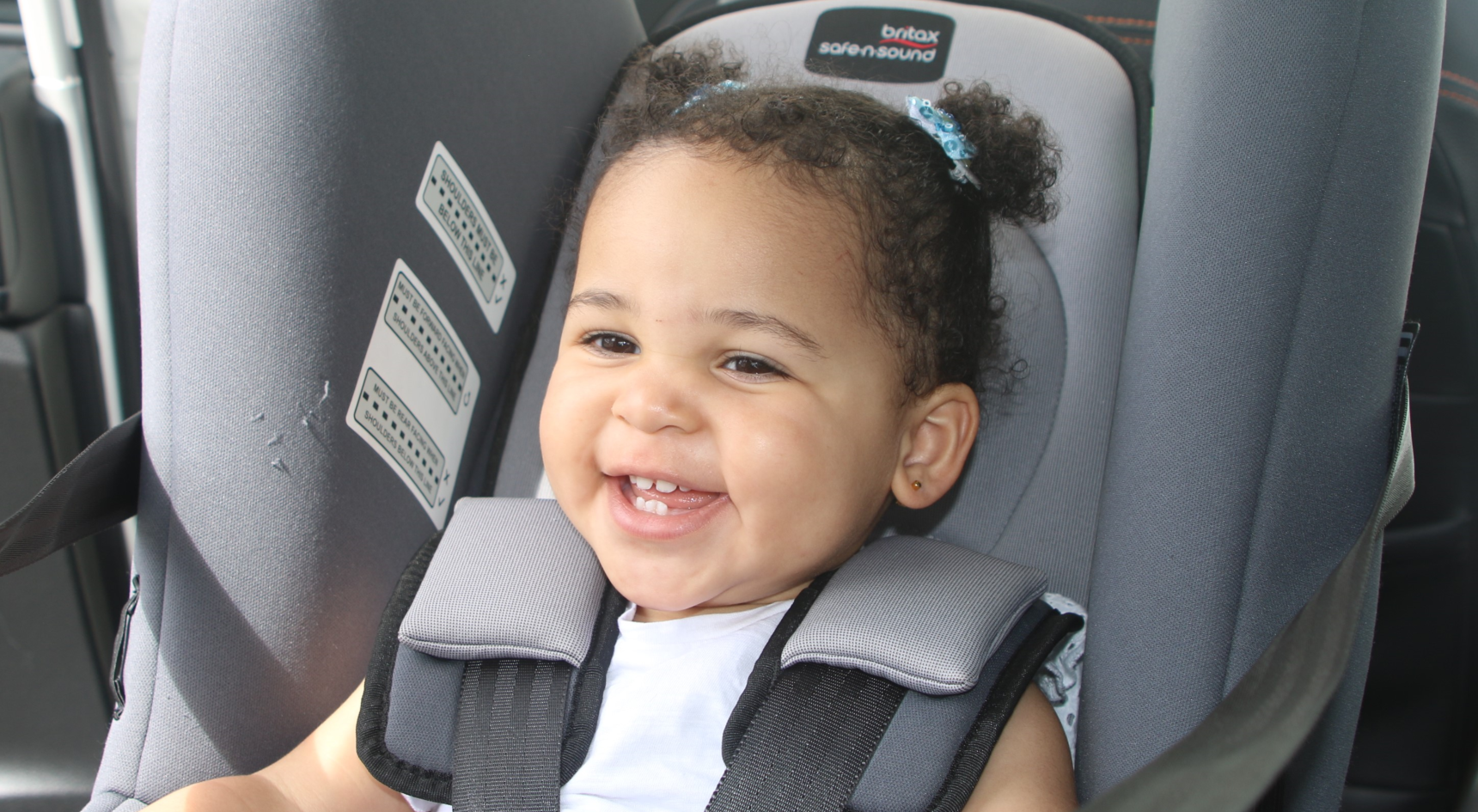
A properly installed child restraint. Image: RAA
3.) Ensure your headrest is set up properly
Your car’s headrests aren’t just for comfort. As a rule of thumb, headrests should be positioned high enough to support your head and minimise neck distortion in the event of a crash – the top of your headrest should be even with the top of your head. For shorter drivers, it may not be necessary to move the headrest at all. For those on the taller side, if the headrest doesn’t reach the top of your head, make sure it’s extended as much as possible. Correct headrest positioning can significantly decrease the risk of head and neck injuries in the event of a crash, says RAA Senior Manager of Safety and Infrastructure Charles Mountain. “Whiplash and head injuries are extremely common, especially in rear-end collisions, which is why it’s so important your headrests are properly adjusted,” he says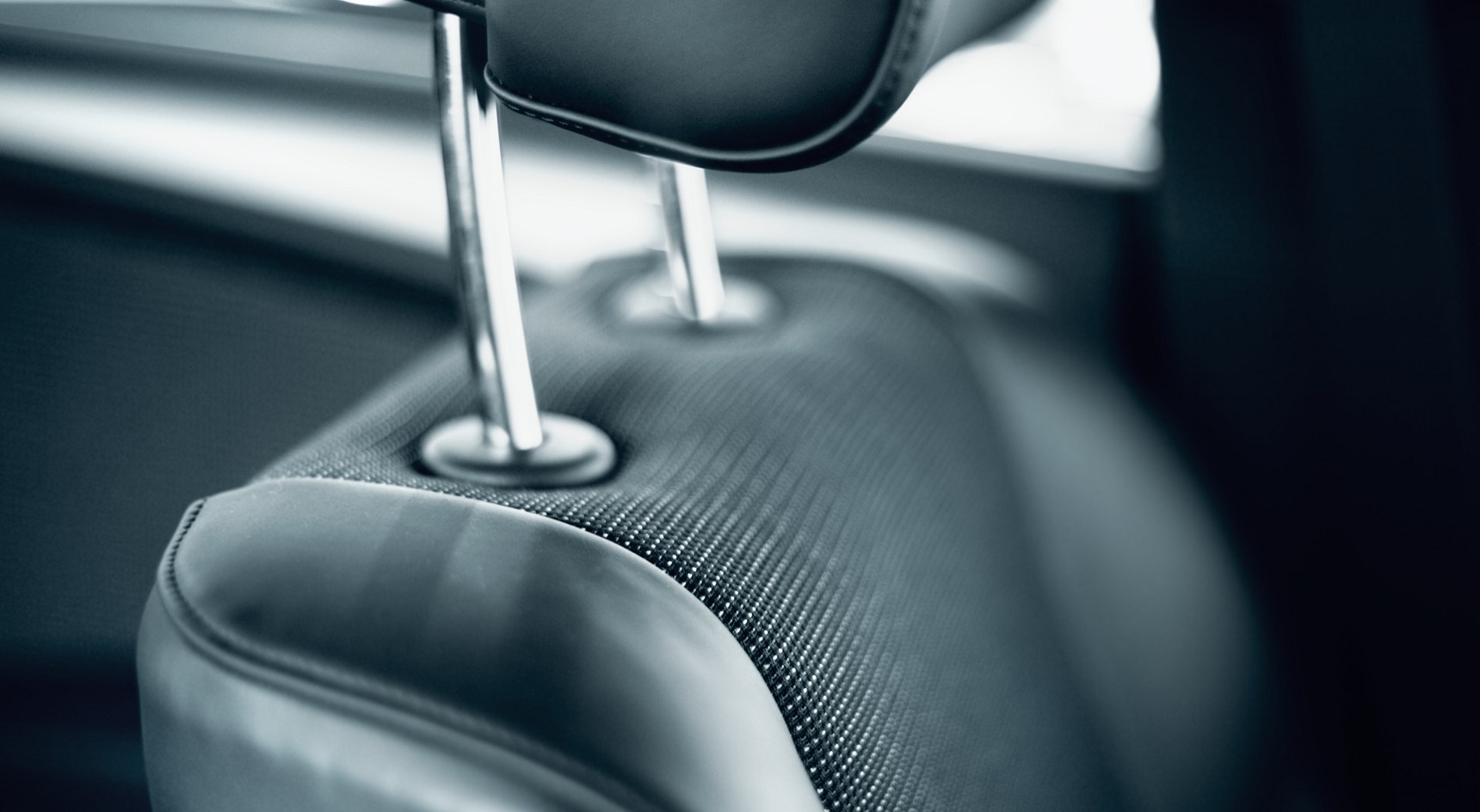
Ensure headrests are set up properly, taking your height into account. Image: Getty
4.) Ensure your seat is set up properly
As well as causing discomfort, an incorrect seating position can contribute to serious injuries in a crash. Sitting too close to the steering wheel means your arms have a limited range of motion, making it harder for you to control your car. If you’re involved in a crash and the airbag in the steering wheel is deployed, sitting too close can increase your risk of injury as the bag inflates. Sitting too far back can increase your reaction time if you’re constantly having to reach for the brake pedal. Ideally you should sit in a position that’s comfortable, with around 25cm between your chest and the steering wheel. Your arms should be in a relaxed position and you should be able to comfortably reach the pedals. Your line of vision should also be at least 8cm above the steering wheel to provide a clear line of sight over the bonnet. The right position can be achieved by moving the seat forward or back and adjusting its angle. Sit upright in your seat, rather than slouching or slumping. Make sure your arms are in the 9-3 position when holding the steering wheel so they don’t interfere with your car’s airbag, which could deploy at a speed of over 200km/h, potentially causing injury to your wrists or arms. If you’re a passenger, avoid placing your feet on the car’s dash as the deployment of the airbags could injure your legs.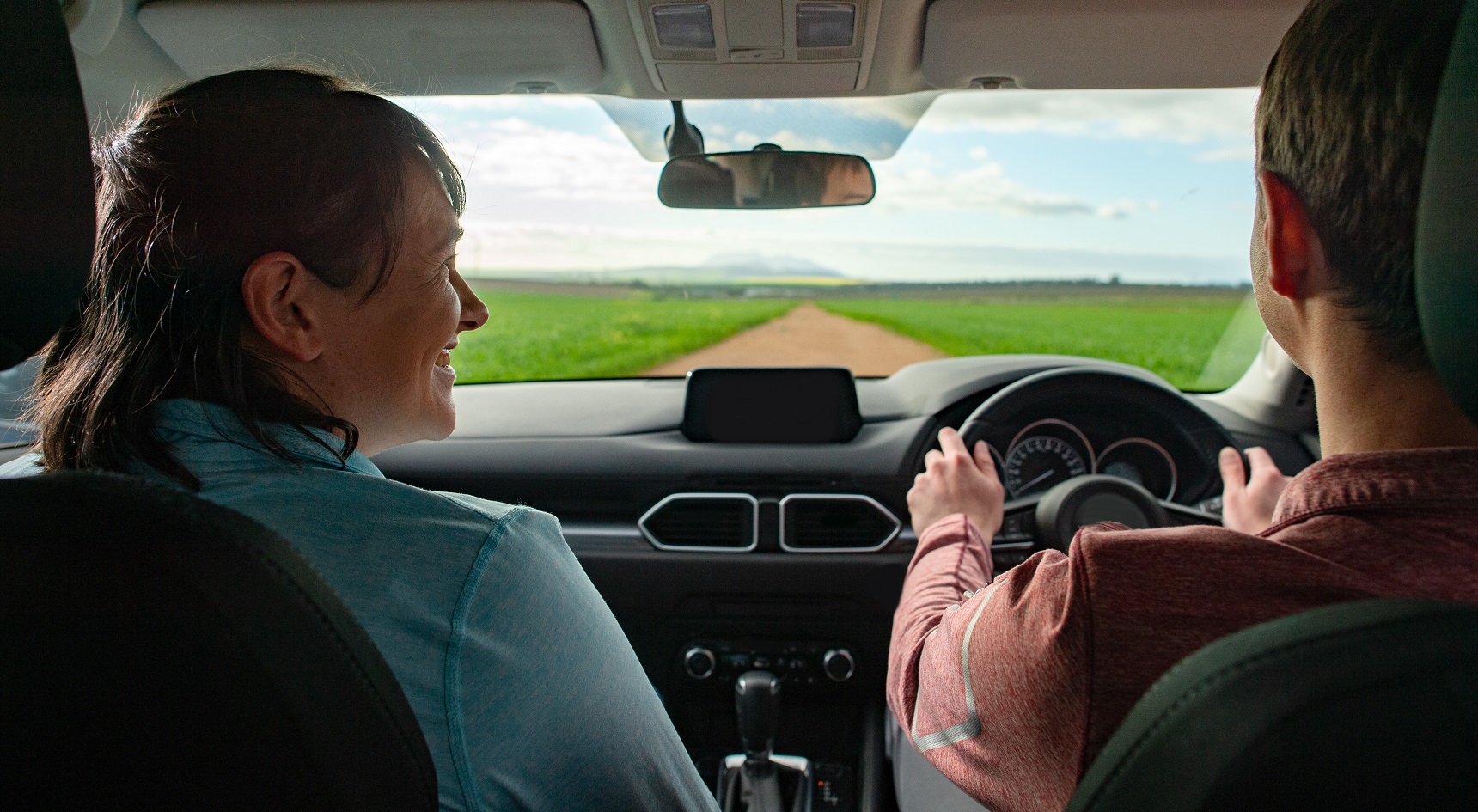
Properly positioned steering wheel. Image: Getty
5.) Ensure your car is properly maintained
Left unmaintained, even the safest cars on the market can become hazardous on the road. To ensure your safety and the safety of other road users, it’s important to get your car regularly serviced. Things to look out for include bald tyres, worn brakes, faulty brake and headlights, loose suspension parts and leaking fluids. According to RAA Traffic Engineer Matthew Vertudaches, a good set of tyres could be the difference between sustaining minor and major injuries in a crash. “Good tyres offer superior skid resistance and reduce your braking time in the case of an emergency. “Even if you still crash, impact speed can be reduced, which will reduce the likelihood and severity of injuries,” he says. If it’s been a while since you had your car serviced, book an RAA Vehicle Inspection. RAA can also sort out new tyres.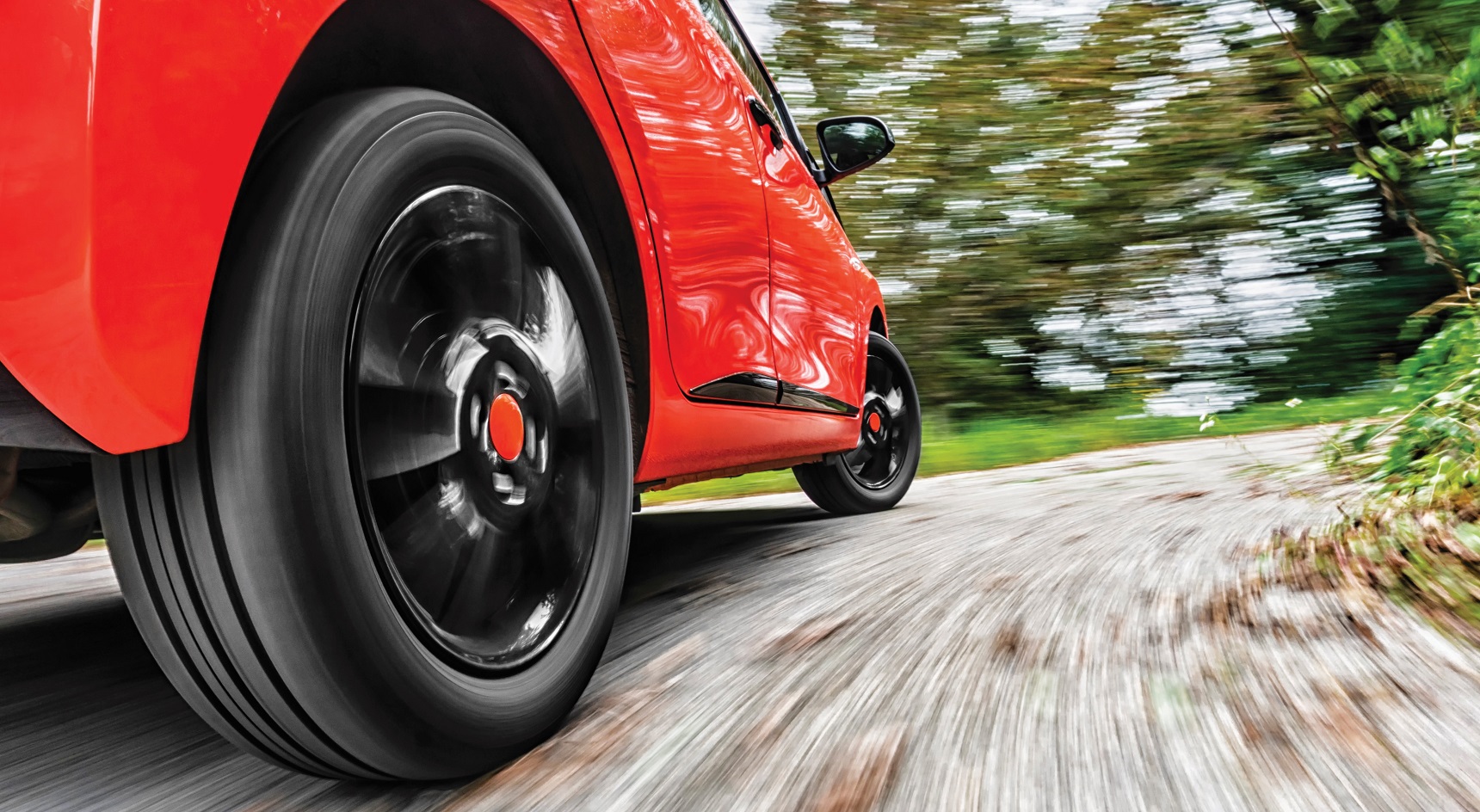
Good tyres offering superior skid resistance can reduce braking time in an emergency. Image: RAA
6.) Drive the safest car you can afford
Purchasing the safest car you can afford could save your life. Recent research by RAA and Monash University showed road trauma could be cut by a third if all Australians travelled in the safest vehicles possible. The research was based on ANCAP safety ratings and examined the potential reduction in road trauma if car buyers purchased the safest car they could afford – new or used. “If the purchase and use of the safest vehicles was prioritised by all Australian motorists, we could see up to 290 lives saved and the serious injury of 5800 others avoided nationwide every year,” says RAA Future Mobility Expert, Mark Borlace. If you’re buying a new car, make sure to check its ANCAP rating. If you’re after a used car, make sure to check its Used Car Safety Rating. Some models with 5-star ratings can be purchased for under $10,000.
The Ford Mondeo EcoBoost has a 5-star Used Car Safety Rating. Image: RAA

